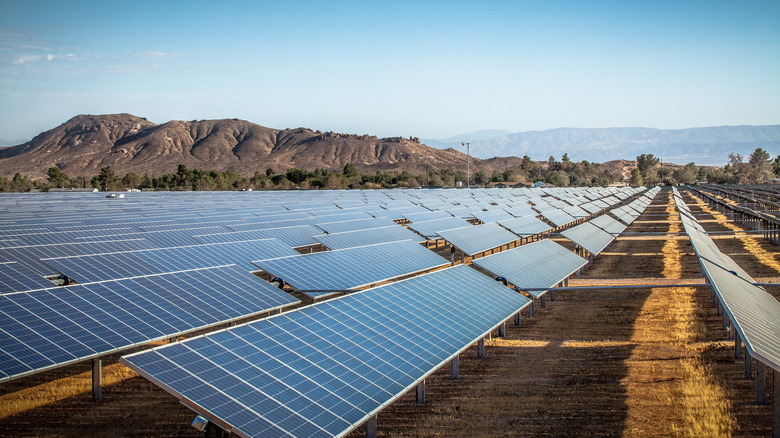Difference Between A Renewable & Recyclable Resource
Renewable and recyclable resources are both factors in reducing our environmental impact. While some sources can be both renewable and recyclable, they are not exactly the same.
Renewable Definition
Renewable Definition
According to the Earth911 glossary, a renewable resource is one that naturally restores or replenishes itself. It is constantly available without human or other outside influences.
Recyclable Definition
Recyclable Definition
On the other hand, a recyclable resource is one that can be used over and over, but must first go through a process to prepare it for re-use. The process can be human-driven or naturally occurring.
Renewable Examples
Renewable Examples
Solar power and wind energy are excellent examples of renewable resources. Both can be harnessed for energy uses. They occur naturally and on an ongoing basis.
Recyclable Examples
Recyclable Examples
Glass and aluminum are examples of recyclable resources. The bottles and cans made from them can be re-processed into new products. There is no limit to the number of times these products can be recycled.
Combinations
Combinations
Water can be considered a recyclable resource since it must go through the process of precipitation and evaporation in order to be reused. In addition, water can also be renewable in the form of hydroelectric energy.
Cite This Article
MLA
Deiterich, Ann. "Difference Between A Renewable & Recyclable Resource" sciencing.com, https://www.sciencing.com/difference-between-renewable-recyclable-resource-5904510/. 9 March 2018.
APA
Deiterich, Ann. (2018, March 9). Difference Between A Renewable & Recyclable Resource. sciencing.com. Retrieved from https://www.sciencing.com/difference-between-renewable-recyclable-resource-5904510/
Chicago
Deiterich, Ann. Difference Between A Renewable & Recyclable Resource last modified August 30, 2022. https://www.sciencing.com/difference-between-renewable-recyclable-resource-5904510/
